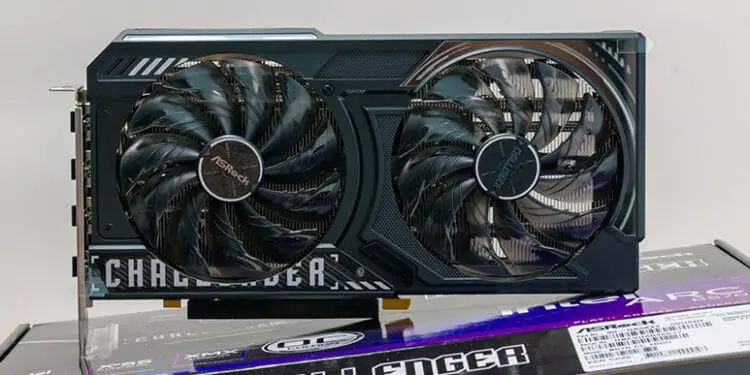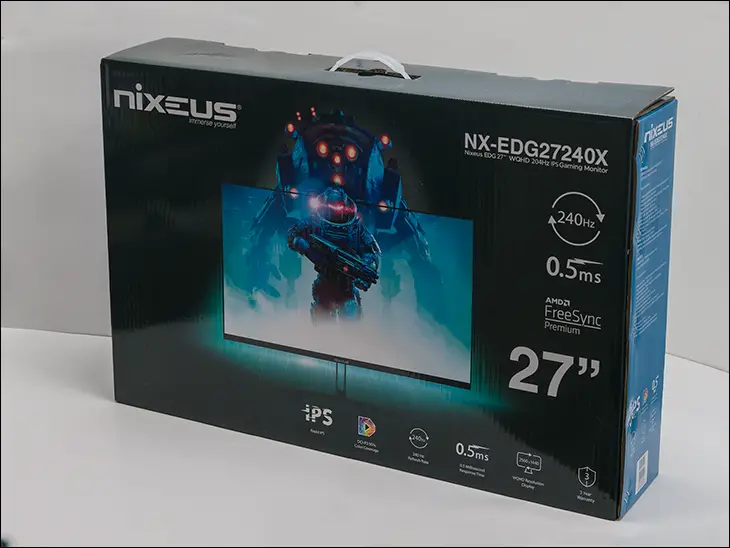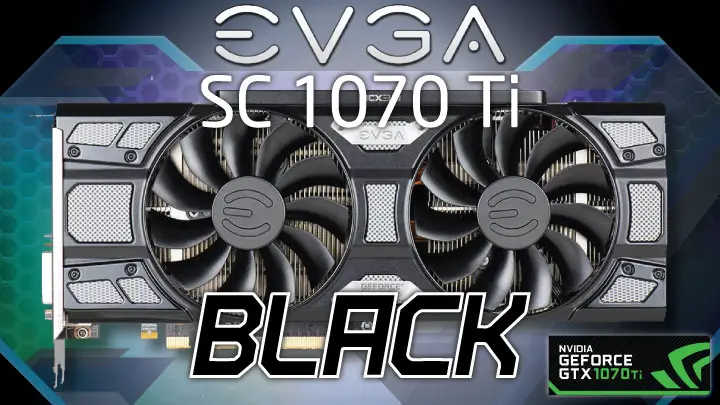

In theory, it should come as no surprise that a card called an ‘OverClock’ edition should be good at… well… overclocking. The reality is that many a card has had lipstick applied to it, hyped up, and then disappointed buyers with its lackluster “overclocking” abilities. We would go as far as saying that most factory overclocked cards do not have much gas left in the tank as the manufacturer has done all the hard work for you.
When thinking about the ASRock Challenger B570 OC we feel that it is a case of “a bit of from column A and a bit from column B”. On the one hand, it does come factory overclocked so one should not expect amazing amounts of performance left for one to discover. On the other, there is some performance left for one to discover… it just will vary from card to card. Speaking from a historical perspective that would typically be a polite way of saying “Do. Not. Bother” or “the juice is not worth the squeeze”.


This is the kind of card that breaks with historical precedence and is worth overclocking. Not because you will get uber levels of performance out of it compared to ‘factory stock’ levels. Instead, it is because it is a fun card to play with. As we went over in the Intel B580 review, Intel and their ARC team have gone above and beyond for the Arc Battlemage series. So much so the Arc series includes an excellent host of basic and advanced overclocking features that are more in line with what one would expect with a CPU. Right out of the box. No, trickery. No changes. No need to source out 3rd party software options. Instead, it’s all here for you in the Intel software package. Seriously.
Want to push the voltage or power limits a touch? Easy. Intel has included it. Want to play with the memory speed (and try to get back some of the lost bandwidth that goes along with the 160-bit instead of 192-bit the B580 rocks)? Easy. Want to set a target speed so that it will use the above to help ‘self-overclock’? It does that too. Hell, want to set a temperature limit? Yup. It does that too. If all that is not impressive enough… it even takes a page from the CPU world (cough Ryzen Master) and includes a ‘tuning’ feature that allows for both over and underclocking with custom voltage/frequencies curves!
Yes, this is a card that was made by professionals who are passionate about what they do… and you can feel the love. As such we do not care that the majority of the improvements one is going to obtain from overclocking a B580 card is going to stem directly from pushing the memory. Which is never a good idea if you want to keep your card for 3 or more years. Mix in the fact that this is a downright inexpensive card and there is no reason to not play with it. Worst comes to worse you chuck it into an older rig, downclock until it is once again stable, and buy another one. That harkens back to the days of yore when you could “risk” worst-case scenarios without having to remortgage your house by buying two of them. So results are worth it or not, and that is a highly subjective topic, to say the least, we strongly suggest you at least try the tools Intel has given you and play with this wonderful entertainment tool ASRock has created.









